Are you tired of hearing that unsettling and rattling sound as you rev up your chainsaw? It might signify that your chainsaw chain is stretched and needs attention and care. Chainsaw maintenance is crucial to ensure your tool operates safely and efficiently.
In this article, we will guide you on how to spot a stretched chainsaw chain. The article also includes expert and easy solutions to get rid of this common problem. A stretched chainsaw chain not only compromises cutting performance but also poses safety risks.
Ignoring the signs can lead to costly damage to both your tool and the materials you are working on. But fear not when we are here to solve all your problems!
Read ahead to learn the steps to identify a stretched chainsaw chain.
Signs of a Stretched Chainsaw Chain
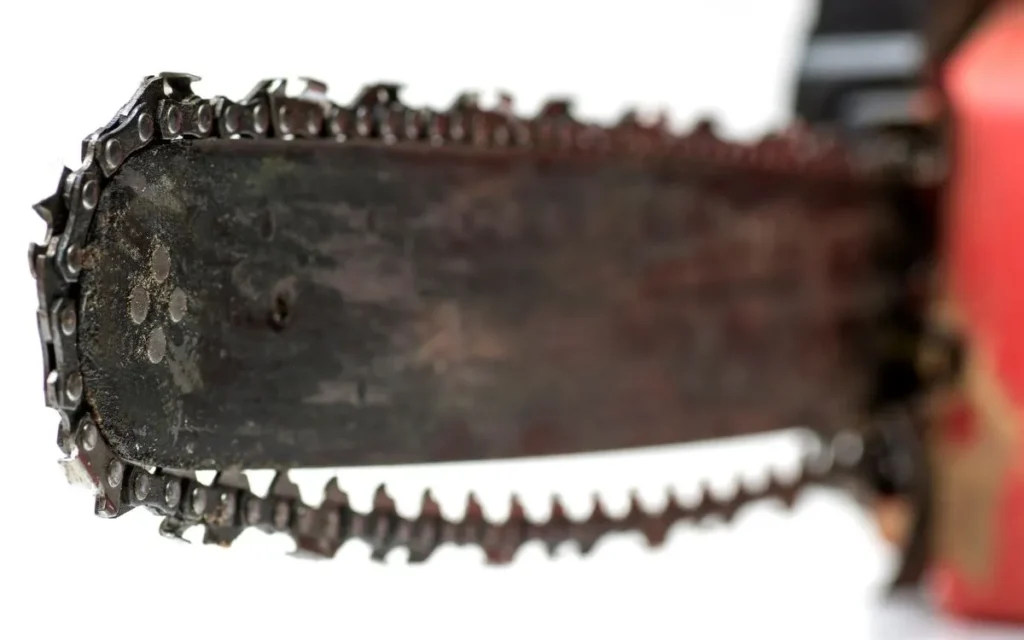
A well-maintained chainsaw should operate smoothly and efficiently. However, when the chain of your chainsaw becomes stretched, the following signs start to emerge.
1. Unusual Noises
One of the earliest indicators of a stretched chainsaw chain is the emergence of unusual, unsettling noises while cutting. These may include rattling, grinding, or generally a rougher sound than usual. Such noises are often caused by the chain’s inability to grip the guide bar, resulting in a loss of precision and efficiency.
2. Reduced Performance
A stretched chainsaw chain can directly affect cutting performance. You will notice that it takes more effort and time to make clean cuts. Wood chips might become smaller and inconsistent, making your work less productive. This reduction in cutting performance not only frustrates your tasks but also increases the wear and tear on the other components of your chainsaw.
3. Visible Chain Sagging
A clear visual indicator of chain stretch is the sagging of the chain beneath the guide bar. When the chain is properly tensioned, it should sit snugly against the bar. However, a stretched chain will hang loose, affecting cutting precision and increasing the risk of accidents.
4. Chain Slipping off the Guide Bar
In severe cases, a stretched chainsaw chain can slip off the guide bar entirely. This is a dangerous situation that can result in injuries or damage to the chainsaw itself.
Recognizing these signs is crucial for the safety of your chainsaw operation and the quality of your work.
Importance of Appropriate Chain Tension
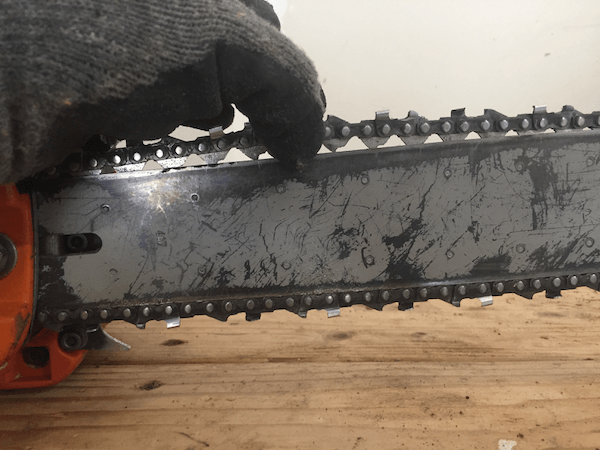
Proper chain tension on your chainsaw is not only a matter of convenience; it’s a fundamental aspect of safe and efficient operation, as well as preserving the lifespan of your valuable tool. Understanding why chain tension matters can significantly impact your work and equipment’s longevity. We have an in-depth guide on How to tighten a chainsaw chain with ease. We have explained the significance of appropriate chain tension below:
1. Safety Concerns
Maintaining correct chain tension is essential for your safety. A loose or stretched chain can jump off the bar at times, which can cause severe injuries. Thus, you must ensure that the chain is firm and perfectly tightened.
2. Cutting Efficiency
Properly tensioned chainsaws allow for efficient cutting. A loose chain reduces cutting performance, requiring more effort and time to complete tasks. The inefficiency not only frustrates the operator but also increases the workload and fuel consumption.
3. Potential Damage to Chainsaw
Neglecting chain tension can harm your chainsaw. A stretched chain can damage the guide bar, sprocket, and chain itself. This not only leads to costly repairs but also shortens the overall lifespan of your tool. Investing in maintaining the right tension not only safeguards your safety but also protects your valuable chainsaw investment.
Chain Stretch Prevention Methods
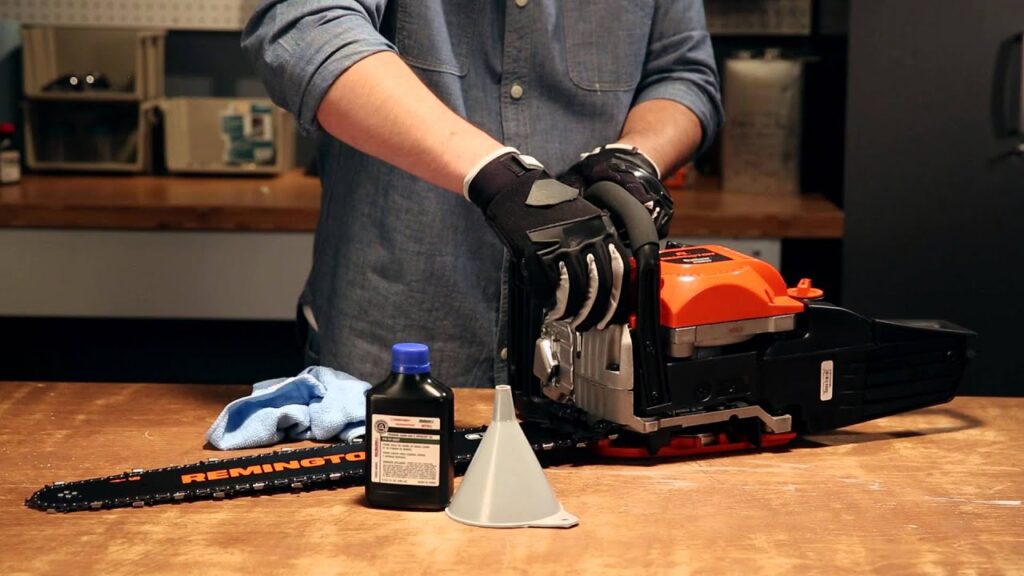
Preventing chain stretch is not only about fixing the issue when it arises but also implementing proactive maintenance measures. By adopting proper chainsaw maintenance practices, you can prolong the life of your chain, enhance safety, and maintain cutting efficiency.
You should regularly inspect your chainsaw for signs of wear and tear. Check for loose nuts and bolts and damaged components, and ensure your saw is well-oiled. A well-maintained chainsaw is less prone to chain stretch and operates more safely and efficiently.
Additionally, you should also engage in regular chain sharpening. Dull chains strain the motor, leading to quicker chain wear and potential stretching. Invest in a high-quality chainsaw file and use it regularly to sharpen the chain’s teeth.
Sharp teeth reduce the effort required for cutting and decrease the likelihood of the chain stretching prematurely. Along with this, you should also ensure proper chain lubrication. Use a chainsaw only when its oil reservoir is filled adequately.
Oiling not only reduces friction and heat but also minimizes the chances of chain stretch. Incorporating these preventive measures into your chainsaw maintenance routine will help you prevent chain stretch and ensure its optimal performance.
Conclusion
Understanding the signs of a stretched chainsaw chain and knowing how to resolve it is pivotal for both your safety and the efficiency of your work.
It is important to address chain stretch issues promptly to avoid fatal injuries or accidents. Timely resolution preserves your tool’s longevity and your productivity.
By mastering chain tension maintenance and care, you are safeguarding yourself and your tool. A well-maintained chainsaw chain is the key to making clean and precise cuts while preventing risks and injuries.
We hope you will incorporate these chainsaw care practices into your routine to make it your most reliable companion in all kinds of cutting endeavors.
Be sure to check out these other posts for more insights and tips:

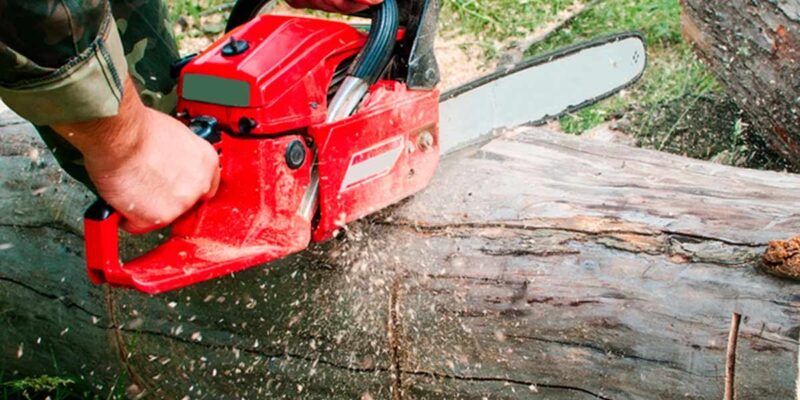
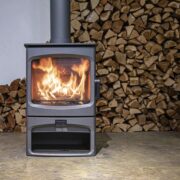

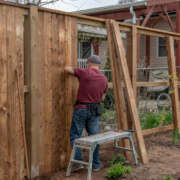
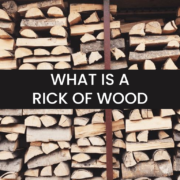
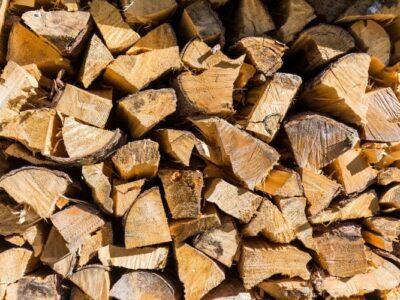
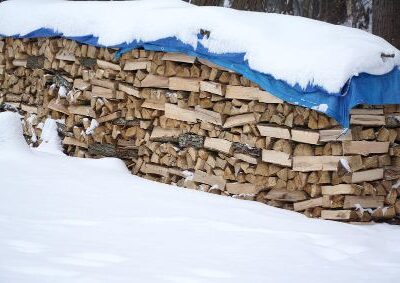
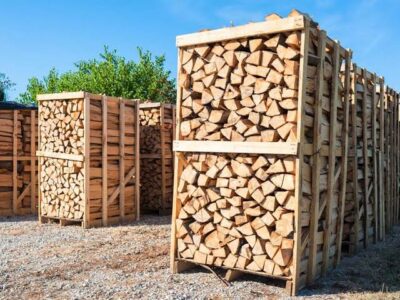
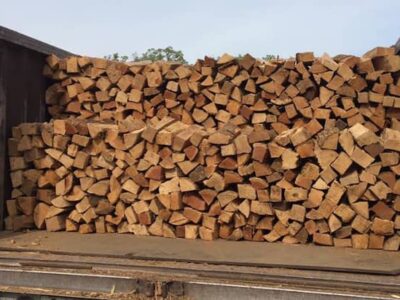




Comments